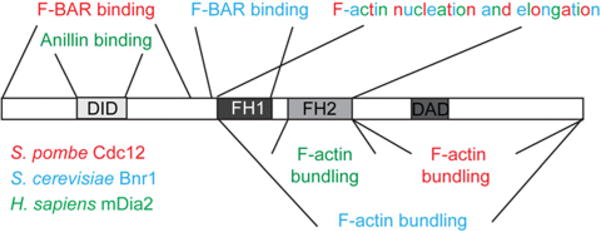Figure 1. Multiple domains contribute to formin function and regulation.

Formins contain signature FH domains and often contain DID and DAD motifs that can interact to autoinhibit nucleation and elongation activities. S. pombe Cdc12 (red), S. cerevisiae Bnr1 (blue) and Homo sapiens mDia2 (green) catalyse F-actin nucleation and elongation via their FH1–FH2 core, and each also contains an F-actin bundling domain within its C-terminus. In addition, cytokinetic formins participate in important protein–protein interactions at the CR, and the binding domains responsible for these interactions reside within these proteins’ N-terminal halves.
